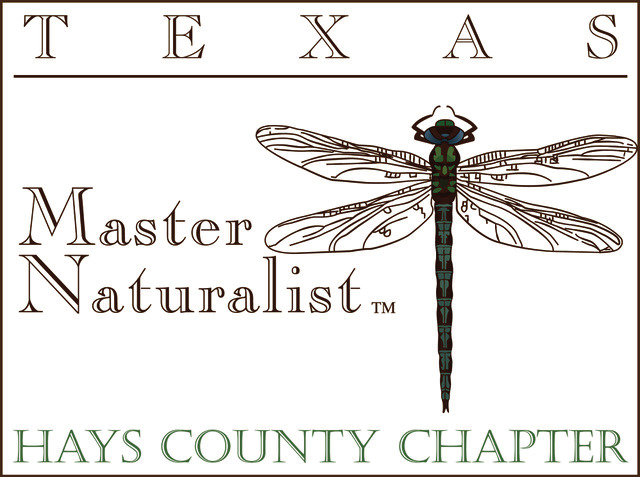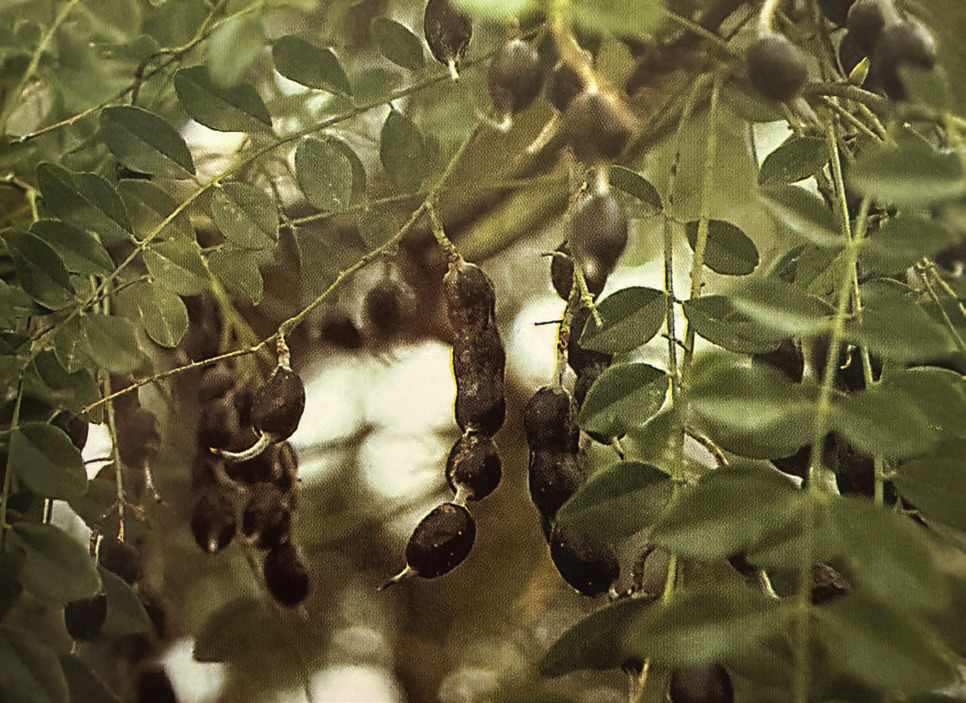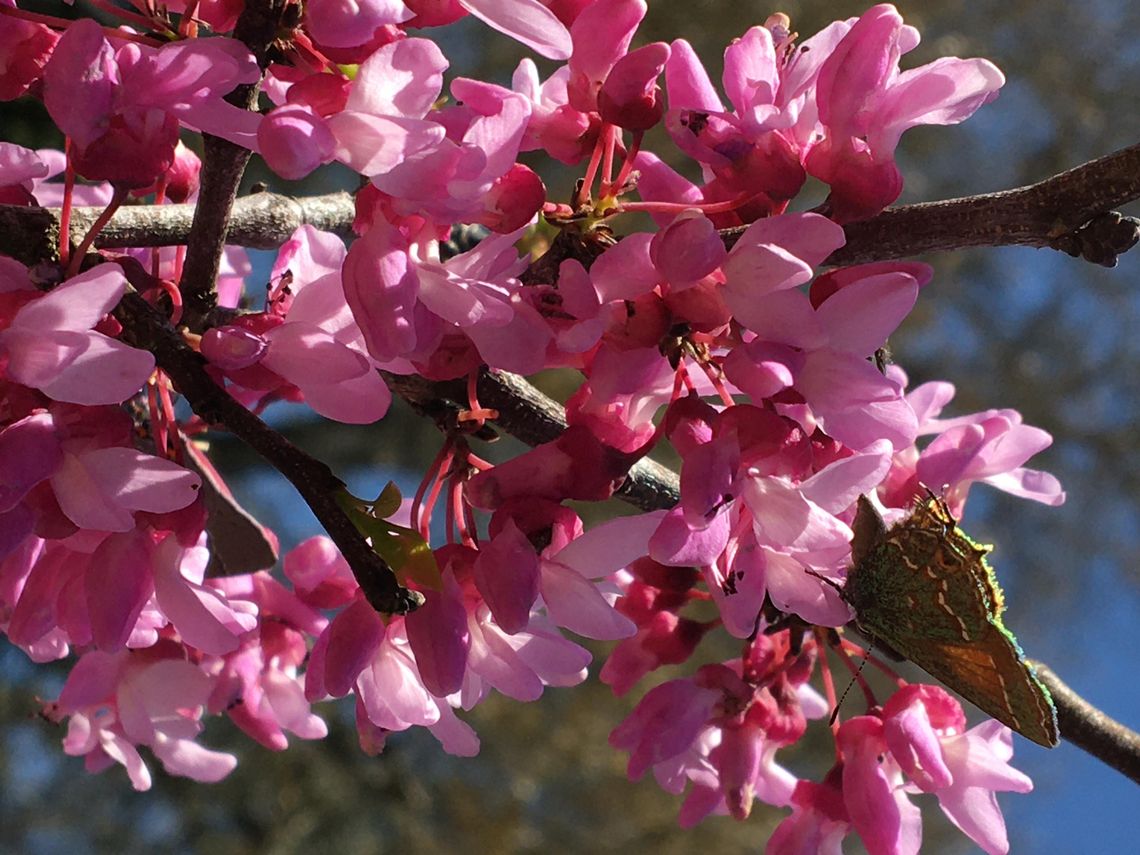
In the previous Nature’s Nuances article I was grateful for the May rains producing pink blooms in June. However, nature can be very unpredictable with beneficial rainfall over an extended period of time or very tragic, destructive flooding occurring in mere moments. My heart aches to hear of the many Texas counties and families that are grappling with the aftermath of recent storms in the Hill Country. Many people throughout Texas and beyond are providing direct or indirect support to assist in the recovery of this unexpected and devastating event. I would like to share a link that Hill Country Alliance has compiled for flood relief and support resources. We encourage you to forward this link to anyone who may be looking for help or want to provide assistance. https:// hillcountryalliance. org/Flood-Relief-and-Support/ In the coming months, we will all be seeking relief of one kind or another with the inevitable rise in air and soil temperatures. Most of our time might be spent indoors with air conditioners. However, outdoor activities with family and friends will endure. Well established native trees and shrubs collect moisture from the air in their leaves which then evaporates and cools the air underneath them by 6-8 degrees, thus providing natural air conditioning. West facing walls and heat reflected by concrete sidewalks can benefit from native shade trees by reducing temperatures by 20-50%. Tree windbreaks on the northern side of homes can also lower heating bills in the winter. Shade and windbreaks from a diverse mix of evergreen and deciduous trees or shrubs can create a welcoming outdoor space. Specific native trees that thrive in Hays County must adapt to different soils, geology, topography and microclimates. Bigtooth Maple, Black Cherry, Black Walnut, Cedar Elm, and Texas Ash all prefer cooler and wetter locations. Where a consistent source of water exists such as creeks and river bottomlands, American Elm, American Sycamore, Bald Cypress, Black Willow, Cottonwood, Pecans and Sugar Hackberry flourish until extreme flooding events occur. Ashe Juniper, Flameleaf Sumac, Netleaf Hackberry, Plateau Live Oak, Prickly Ash, and Texas Persimmon are in abundance on dry uplands with southwestern facing slopes and wet-weather creek beds. The Dripping Springs area primarily cultivates the latter grouping of trees with of course, pockets of exceptions for the two former ecosystems. Increasing species diversity is a fundamental goal for good land stewards. Many of our properties have only two primary naturally growing tree species: Plateau Live Oak and Ashe Juniper (Mountain Cedar). However, after building new businesses, homes and entire subdivisions, most of the Mountain Cedar have been removed, leaving a monoculture of Live Oak. Unfortunately, Oak wilt is very prevalent in our region which can then damage the sole tree species remaining. So it is in our best interest to cultivate tree species that are disease and drought resistant in order to provide beneficial shade for landscaping.

Eve’s Necklace (Sophora affinis) is a small tree that can grow up to 20’ given the space to develop a rounded airy crown. The compound leaves have 1319 narrow, oval leaflets with smooth margins. Fragrant white to pink flowers bloom from March to May in drooping clusters.
Black beadlike seed pods with 1-8 shiny brown seeds give this tree its namesake. These necklace beads are not tasty or edible to wildlife or humans but are purely decorative.
Texas Redbud (Circus canadensis var. texensis) is another native to choose for landscaping. If purchasing from a nursery be sure the tree is a Texas Redbud and not the Eastern variety which is not as hardy in our dry climate and limestone soils. It can reach a height of 15-20’ and is very fast growing. The leaves are quite distinctive, being heartshaped, alternate and simple.
The Redbud produces rose pink flowers in March and April before the leaves open up and is a definite pollinator magnet. It has clustered fruit which is in reddish brown, legume seed pods. Unlike Eve’s Necklace, the flower buds and flowers along with the new tender seed pods are edible and can be sautéed in butter. The flowers can be sprinkled in salads. This tree is a host plant for the Henry’s elfin butterfly.
Both of these native trees are deciduous, drought tolerant, disease and insect resistant. Bark on both of these natives have smooth reddish bark when young, turning light gray and scaly as they mature. Neither are sought after by White-tailed deer. They can be planted in full sun or partial shade. The ideal time to plant trees is in the late Fall to allow time for the root systems to develop before all the nutrients send energy throughout the tree to produce leaves, flowers and fruit in the Spring. Although nature has dealt many of us a severe setback this month, we will all slowly recover after the grieving subsides. If you want to help this recovery, planting a new native tree in the Fall can be an everlasting tribute to those who have lost so very much. Or you can volunteer with https:// www.treefolks.org to “Plant Hope.”
.png)










